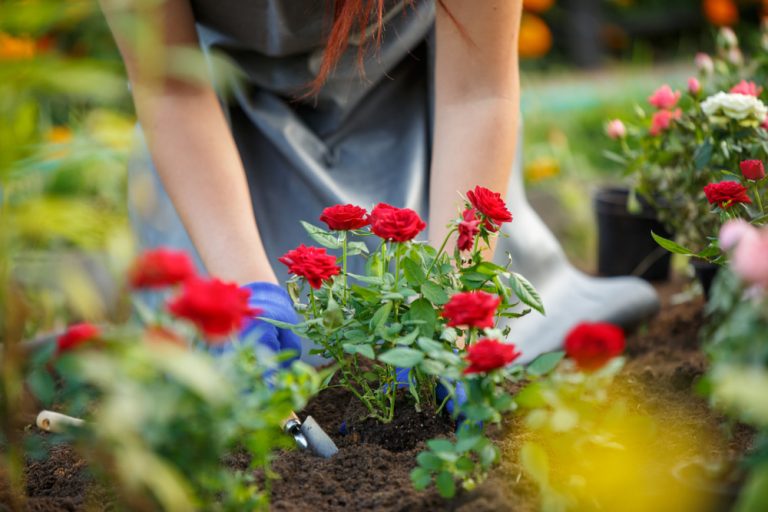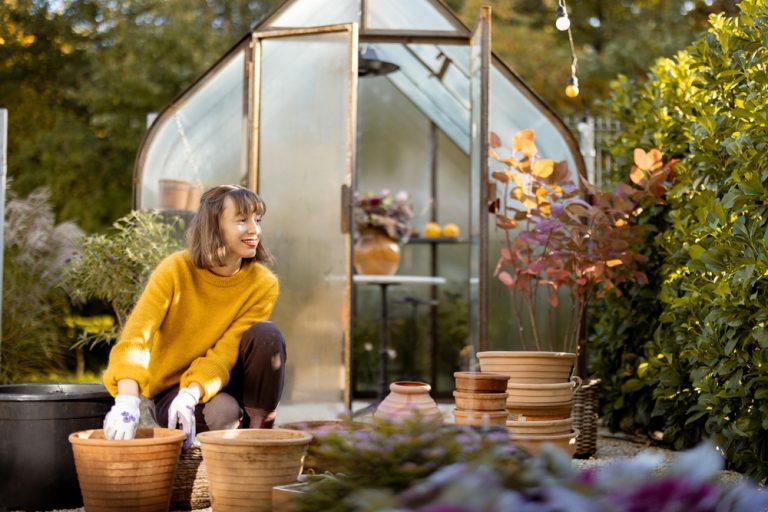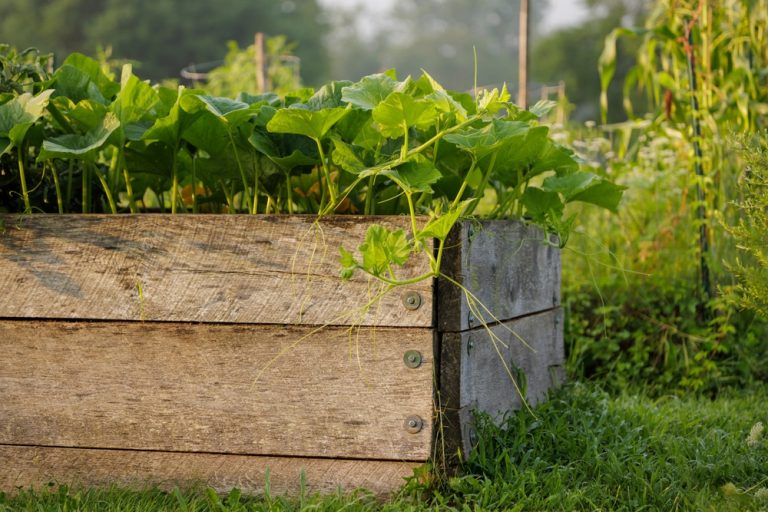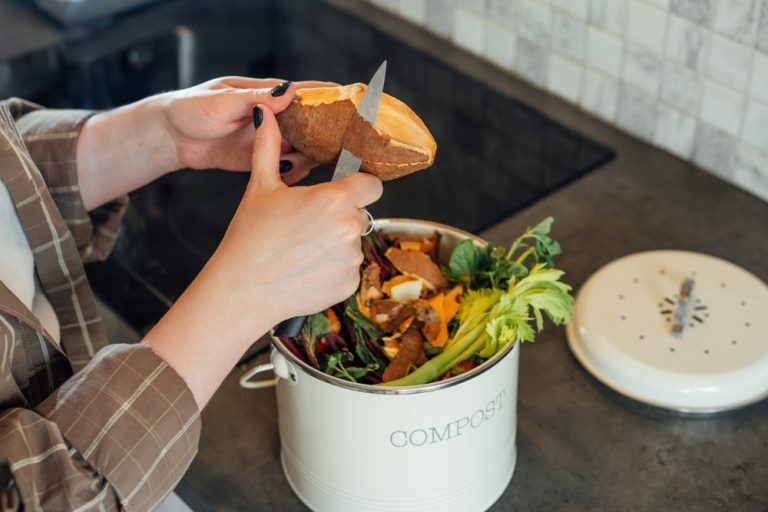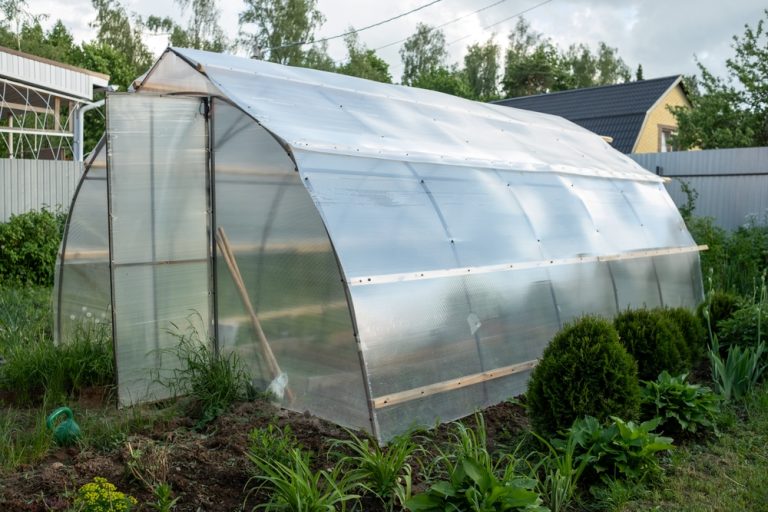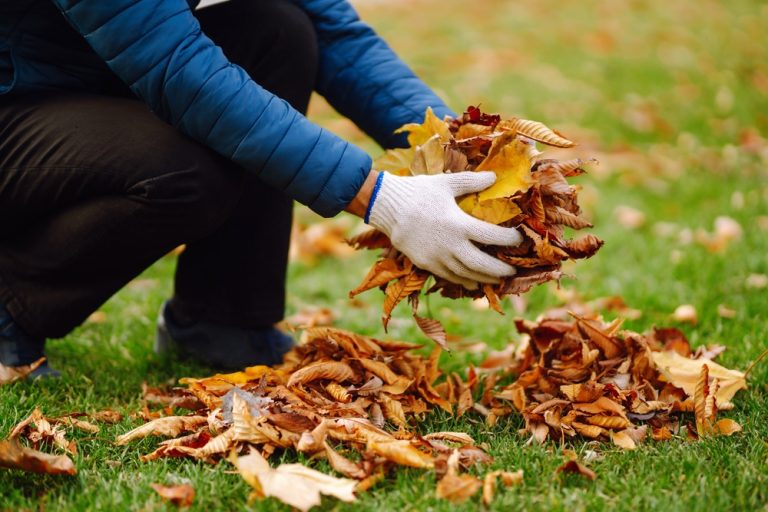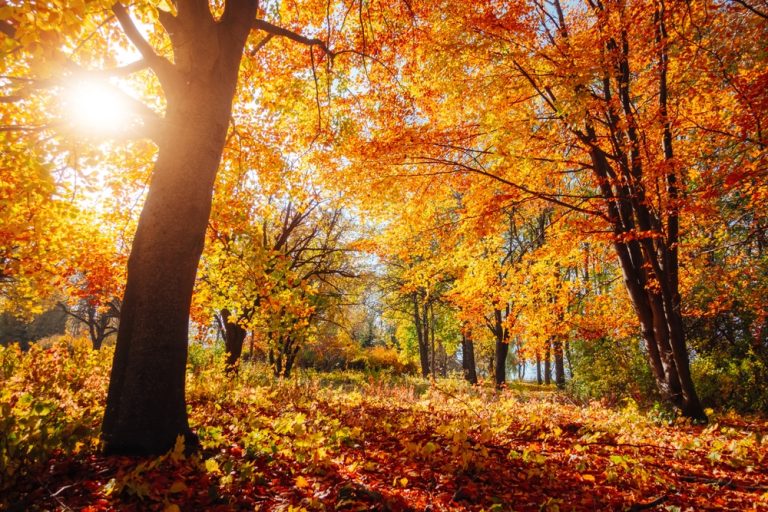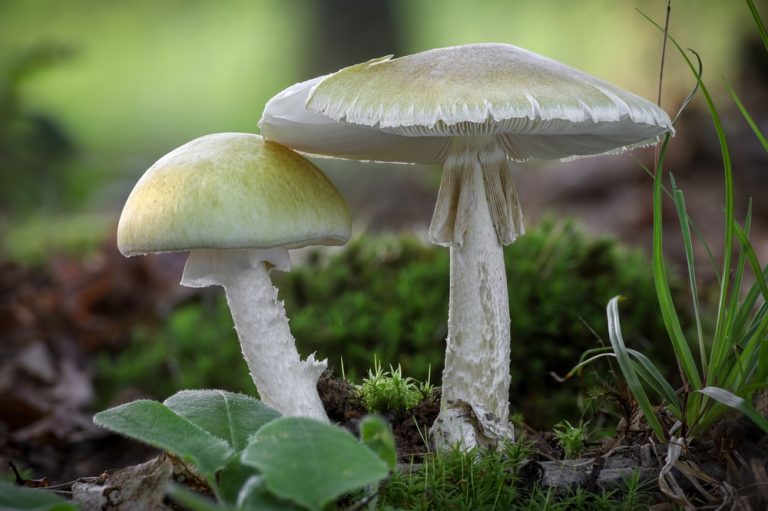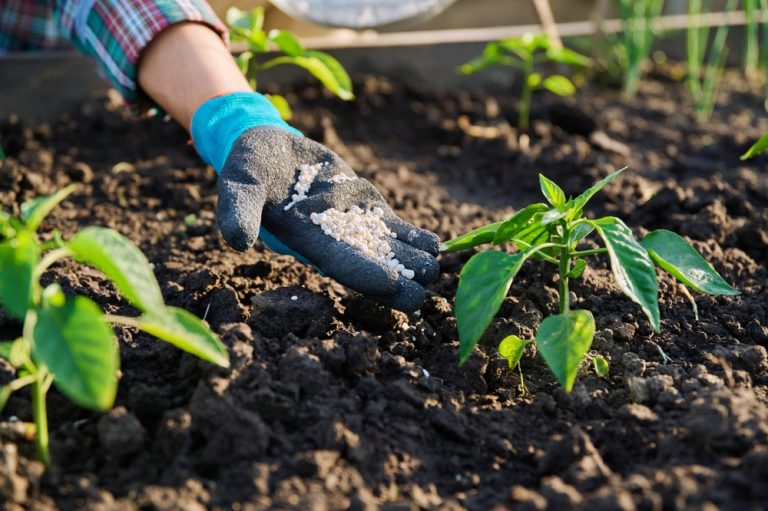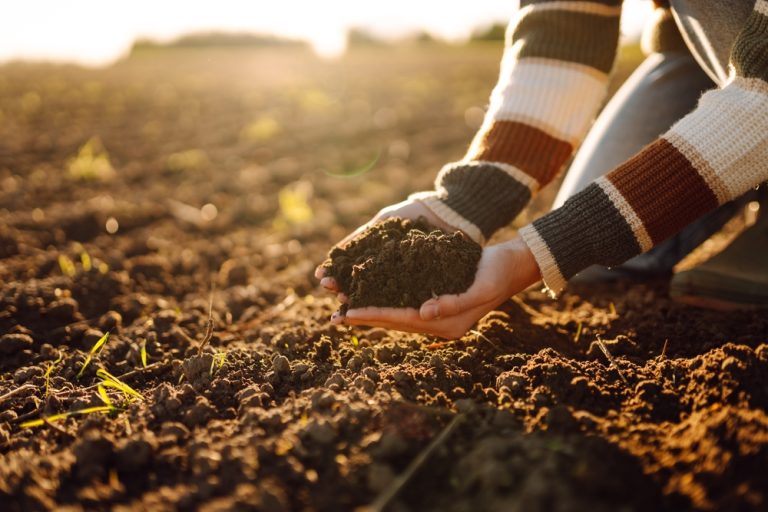Roses are the centerpieces of many gardens, but without proper care their bloom period can be shortened. Whether you grow hybrid teas, climbers, or miniatures, the key to long-lasting blooms is timing, nutrition, and smart pruning. With a few simple tweaks, your rose bushes can keep producing vivid, fragrant flowers well into fall. Here are…
compost
6 Gardening Shortcuts That Only Work in Autumn
There’s something magical about autumn—the crisp air, the fiery leaves, the cozy sweaters—and if you’re a gardener, it’s your secret season of opportunity. While everyone else is packing up their tools and calling it quits, you can actually get ahead with a few clever shortcuts that only work during these cooler months. Autumn isn’t just…
Why Raised Beds Hold Heat Longer in Fall
As summer slips away and the crisp edge of autumn starts to creep into the air, gardeners everywhere face the same bittersweet truth: the growing season is winding down. But if you’ve got raised garden beds, you might have noticed something magical—your plants aren’t giving up as quickly as those in the ground. The soil…
8 Easy Compost Bins Made From Fall Yard Waste
Ah, autumn—the season of pumpkin spice, cozy sweaters, and… endless piles of leaves. You rake, you bag, and before you know it, your yard looks like it hosted a leaf parade that never left town. But here’s the thing: those heaps of “waste” are actually gold in disguise. With a little creativity, you can turn…
7 DIY Greenhouse Hacks for Fall Growing
The air is crisp, the leaves are falling, and your summer garden is officially on its farewell tour. But if you think the growing season ends when the pumpkin spice hits the shelves, think again. Fall gardening—especially inside a greenhouse—is like discovering a hidden cheat code for year-round harvests. With a few clever DIY hacks,…
10 Ways Fallen Leaves Feed Your Soil
When autumn hits and your yard turns into a crunchy carpet of gold, orange, and brown, it’s easy to see fallen leaves as a nuisance. You grab your rake, fill up bags, and haul them off like you’re cleaning up a mess. But what if those leaves aren’t waste at all? What if they’re one…
8 Garden Myths That Fail in Autumn Weather
Autumn rolls in like nature’s grand finale—crisp air, amber leaves, and that unmistakable smell of change. But as you trade iced tea for pumpkin spice lattes, your garden faces its own seasonal showdown. Unfortunately, many well-meaning gardeners get tripped up by stubborn myths that don’t hold up once the temperature dips. These “tried-and-true” tips may…
The Role of Fungi in Breaking Down Fall Leaves
There’s something magical about a crisp autumn afternoon—the air smells woodsy, the trees turn fiery shades of gold, and the ground transforms into a crunchy carpet of fallen leaves. But what happens after the Instagram-worthy season fades and those vibrant leaves start to rot? Most people just rake them up or watch them disappear under…
9 Organic Fertilizers That Work Best in Cooler Soil
When the weather cools and the soil turns a little stubborn, most gardeners assume the growing season is over. But here’s a little secret: your plants don’t have to hibernate just because the thermometer dips. The trick? Feeding your garden with the right organic fertilizers that thrive even when the ground feels more like a…
Why Covering Beds Helps Soil Microbes Thrive
If you’ve ever seen a gardener tucking their soil under a blanket of mulch, straw, or compost, you might wonder—what’s with the dirt blanket? Turns out, it’s not just about keeping things tidy or weed-free. Beneath that cover, an invisible army of microbes is hard at work, transforming organic matter, balancing nutrients, and keeping your…
